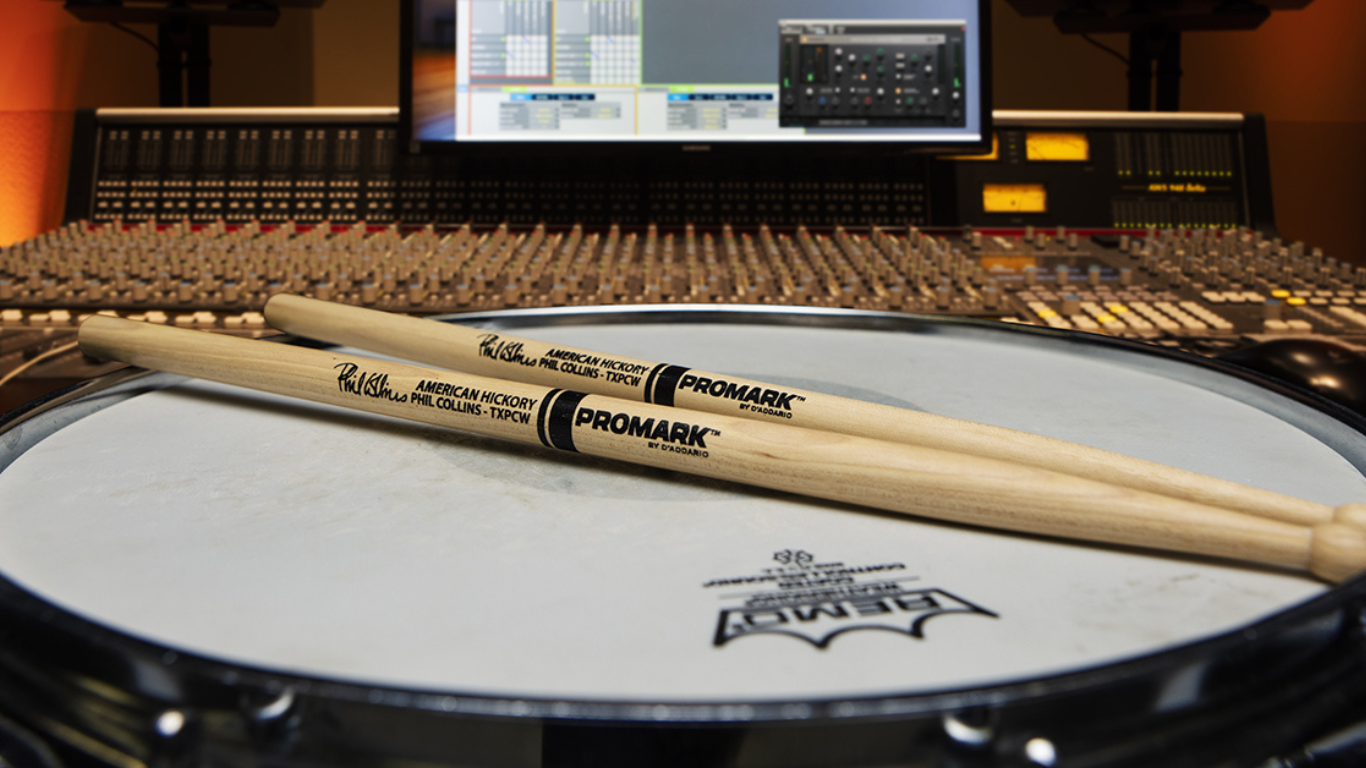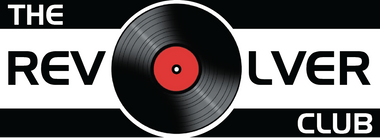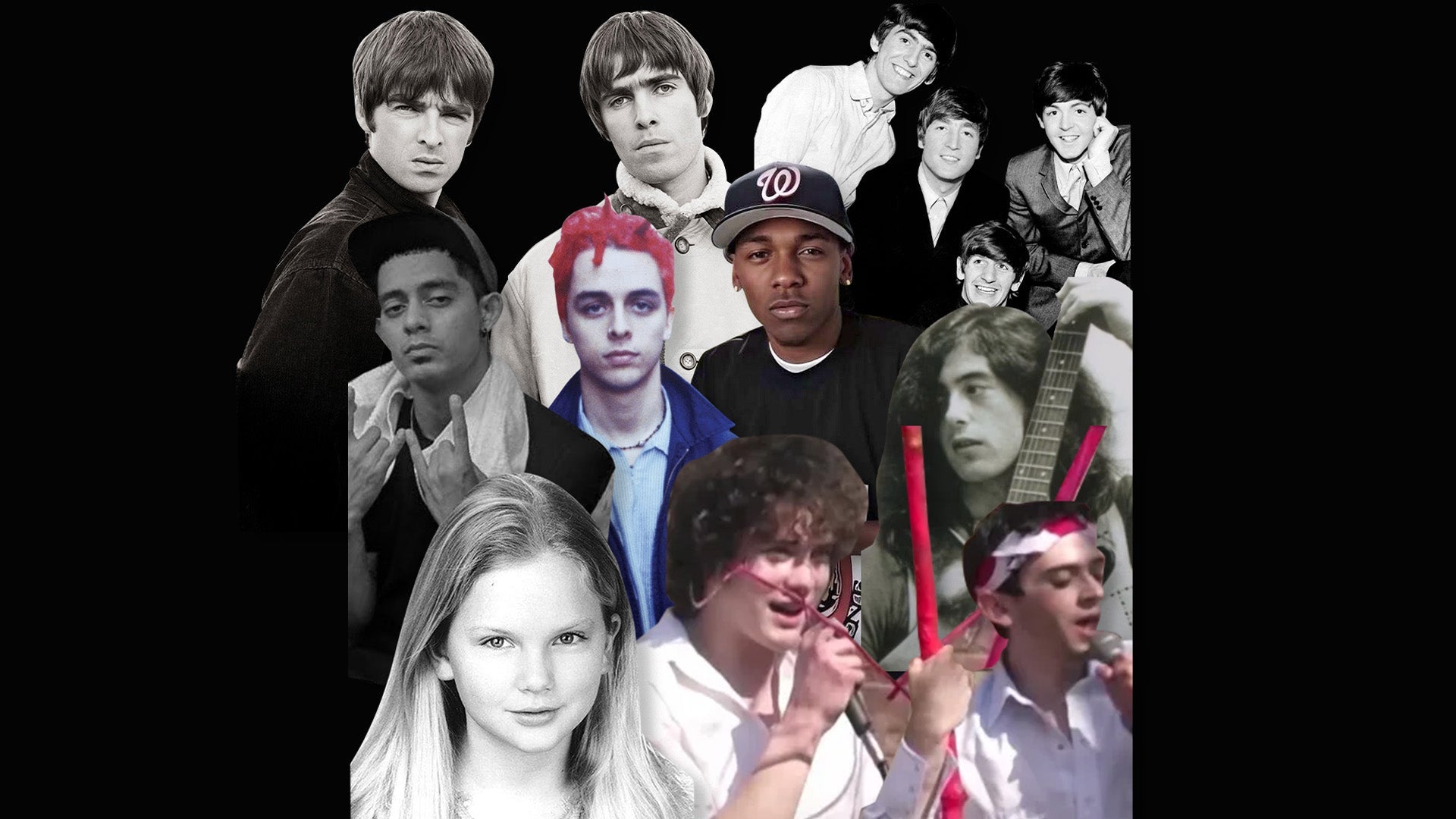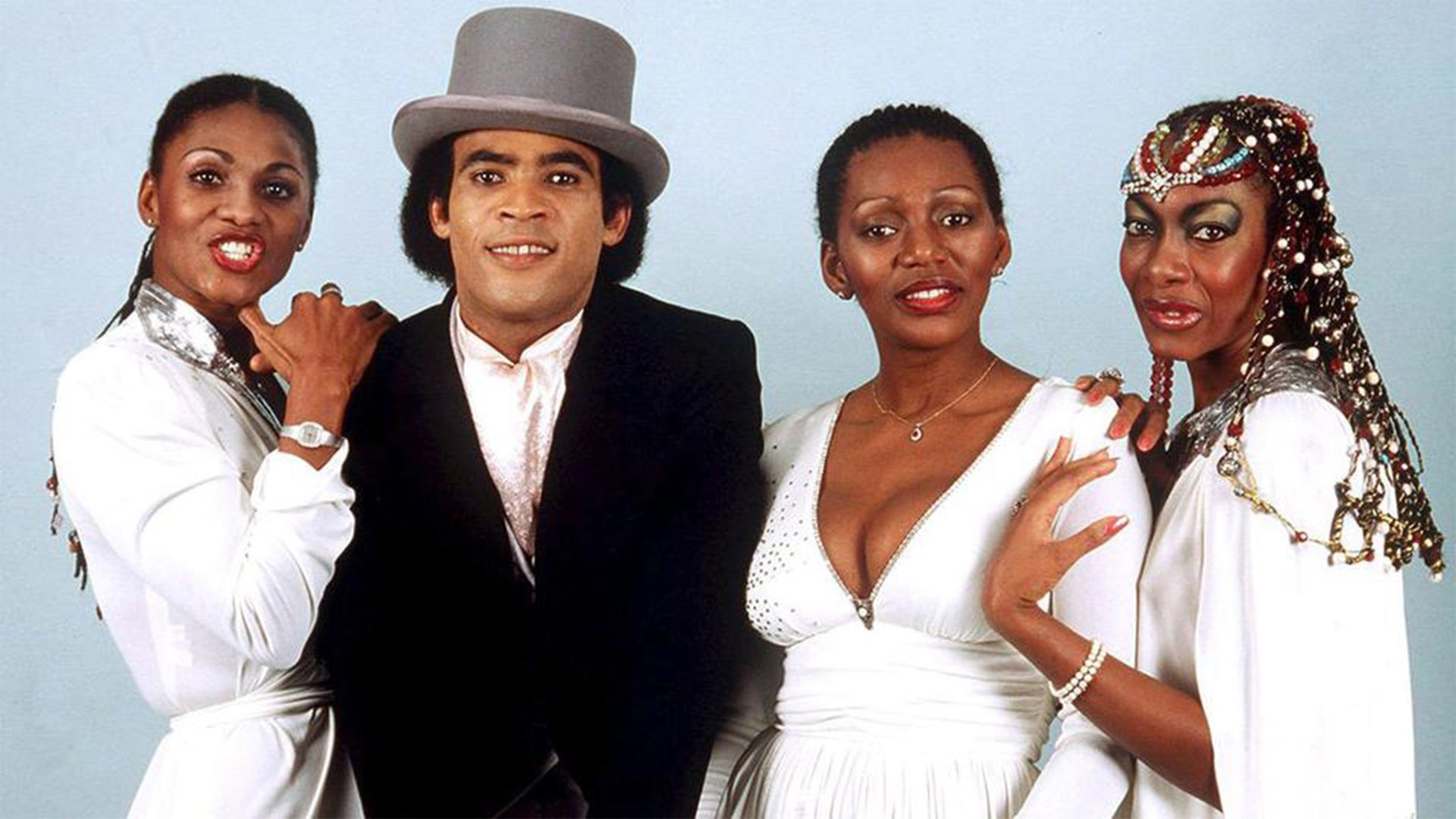How A Studio Blunder Birthed The Iconic 80's Sound
·

·
Many of the most important inventions in history have come about by accident. One such accident in the late 70s led to the creation of what would become a distinctive feature of ‘80s music: gated reverb.
In the late 1970s, radio drum sounds favored a clean, dry quality. Bands like Pink Floyd, Earth Wind and Fire, and Genesis crafted their signature sound with meticulously mic’d drums, capturing every nuance of the performance.
But during Peter Gabriel’s solo album recording in the late ‘70s, something went wrong. Phil Collins, who was on drums, was playing around with a new recording console.
A microphone in the studio intended for communication with the band, inadvertently captured Collins’ drumming. The result was a thick, punchy reverb with a sudden cutoff – this was a result of heavy compression on the mic that reduced the volume of loud sounds and amplified quiet ones. And the console had a noise gate which only lets amplitudes above a certain threshold pass through and then it immediately shuts off.
The result was such a crazy sound that Peter Gabriel wrote his album opener, “Intruder”, around it.
The traditional methods of achieving reverb—such as echo chambers and plate reverbs—were soon eclipsed by digital innovations like the AMS RMX16. This compact unit, driven by a microprocessor, offered a myriad of reverberation presets, including the distinctive gated effect.
Artists like Prince embraced this new technology, incorporating gated reverb into their productions and making it a quintessential ‘80s sound.
However, as with many trends, gated reverb eventually led to its saturation by the end of the decade. Musicians gravitated towards drier drum sounds in the ‘90s, marking a hiatus for this once-dominant sonic element.
Now, though, gated reverb is making a comeback. Armed with digital tools and sample libraries, modern producers effortlessly recreate the signature sound of that era. Artists like Carly Rae Jepsen, Lorde, and Taylor Swift have been on the forefront of the revival of “80s sound.”
Click Here To Read More:
The Many Faces Of 'Hotel California'
The Day Punk Rock Went Upside Down
In the late 1970s, radio drum sounds favored a clean, dry quality. Bands like Pink Floyd, Earth Wind and Fire, and Genesis crafted their signature sound with meticulously mic’d drums, capturing every nuance of the performance.
But during Peter Gabriel’s solo album recording in the late ‘70s, something went wrong. Phil Collins, who was on drums, was playing around with a new recording console.
A microphone in the studio intended for communication with the band, inadvertently captured Collins’ drumming. The result was a thick, punchy reverb with a sudden cutoff – this was a result of heavy compression on the mic that reduced the volume of loud sounds and amplified quiet ones. And the console had a noise gate which only lets amplitudes above a certain threshold pass through and then it immediately shuts off.
The result was such a crazy sound that Peter Gabriel wrote his album opener, “Intruder”, around it.
The traditional methods of achieving reverb—such as echo chambers and plate reverbs—were soon eclipsed by digital innovations like the AMS RMX16. This compact unit, driven by a microprocessor, offered a myriad of reverberation presets, including the distinctive gated effect.
Artists like Prince embraced this new technology, incorporating gated reverb into their productions and making it a quintessential ‘80s sound.
However, as with many trends, gated reverb eventually led to its saturation by the end of the decade. Musicians gravitated towards drier drum sounds in the ‘90s, marking a hiatus for this once-dominant sonic element.
Now, though, gated reverb is making a comeback. Armed with digital tools and sample libraries, modern producers effortlessly recreate the signature sound of that era. Artists like Carly Rae Jepsen, Lorde, and Taylor Swift have been on the forefront of the revival of “80s sound.”
Click Here To Read More:
The Many Faces Of 'Hotel California'
The Day Punk Rock Went Upside Down




Comments